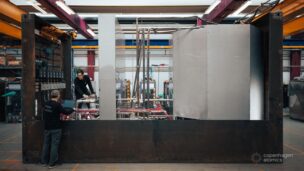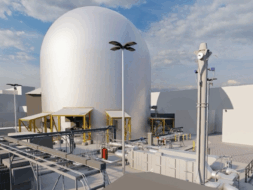France, ever the nuclear energy proponent, is digging its heels in on SMRs. The government announced last week that the European Commission approved its bid to grant €300M ($321.6M) in aid to Electricité de France (EDF) Nuward subsidiary as it develops SMR technology.
The direct grant covers development through 2027. The grant covers the third of five phases to push French SMR tech to a final, commercializable form.
“This project will contribute to the decarbonisation of energy systems and to the EU’s open strategic autonomy, while limiting possible distortions of competition,” Margrethe Vestager, EVP of the European Commission’s digital age development office, said in a release.
France x SMRs: France is the poster child for nuclear energy adoption, deriving ~70% of its total power from its 18 plants comprising 56 reactors. And that’s just the old fleet—in 2021, the French government announced a plan to invest at least €1B by 2030 to develop SMRs. In addition to the large state project through Nuward, France has awarded grants to Thorizon, Stellaria, and others to develop SMR technologies.
The EU has pretty strict rules when it comes to individual nations funding private companies. It has systems to prevent one nation from creating undue artificial competition that could push companies from other countries out of the market.
- That’s why France had to ask the European Commission for permission to grant Nuward the follow-on funding for its project.
- The commission found that the funding was more likely to stimulate innovation and create a new market than it was to create unfair competition, so it approved the funds.
Keep on building: Nuward’s SMR design consists of two 170-MWe pressurized water reactors under one roof. It’s meant to replace coal plants that produce a similar amount of energy in smaller communities today.
The company is still solidly in the design phase. Over the next three years, Nuward will:
- Size the modules and subsystems of the reactor design and make sure everything will fit together when it’s built
- Carry out industrialization studies and figure out how to make its final product manufacturable at scale
- Prepare safety demonstrations for the SMR
The company hopes to have a prototype by 2030—”an ambitious goal,” by French President Emmanuel Macron’s admission.
Lead Reporter of Ignition





